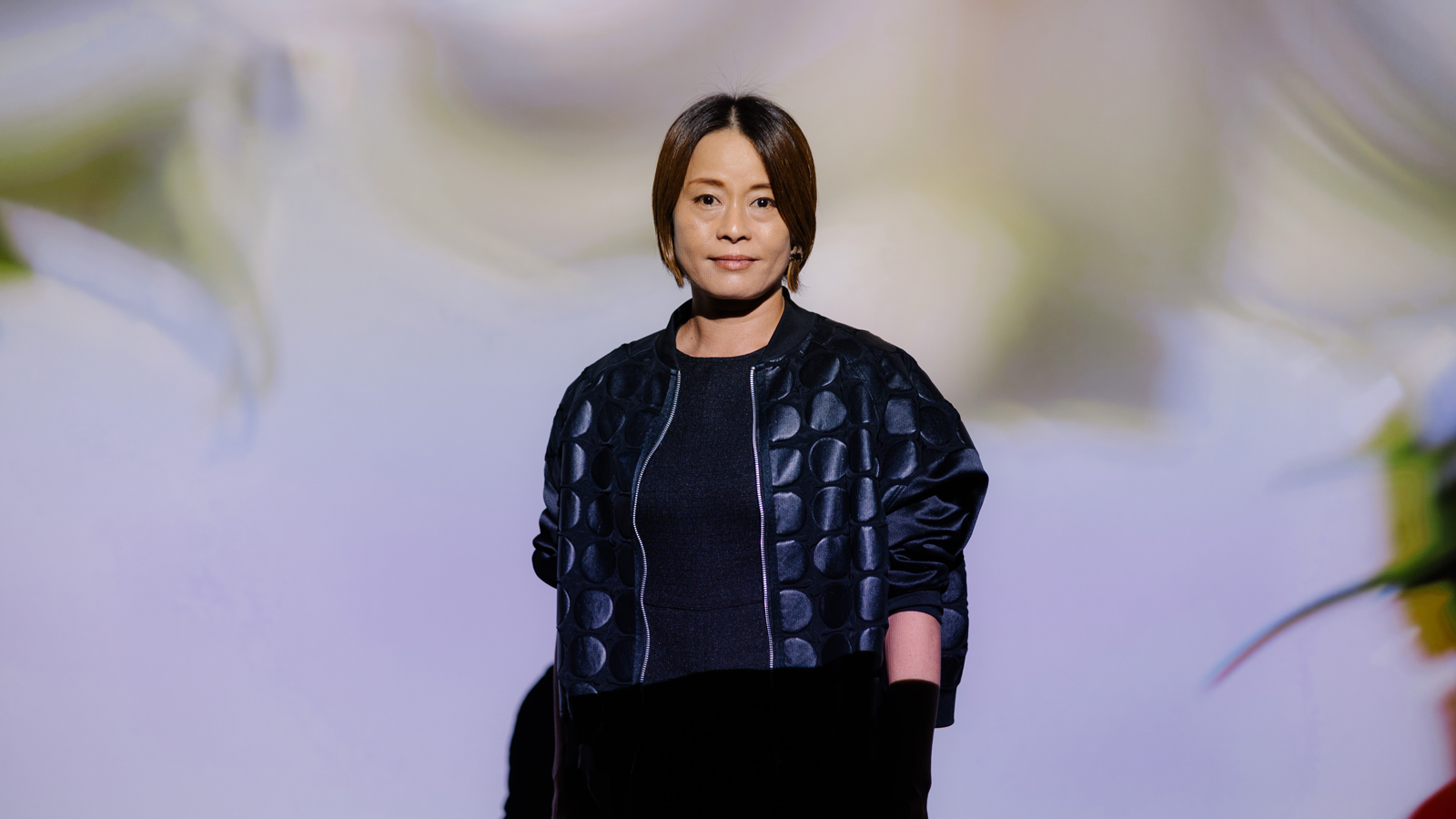‘If you dig into local matters, you’ll find that they’re linked to global ones.’
How do you feel having your first solo exhibition in Europe happening at CAM in Lisbon?
I’m very happy. It’s my first solo exhibition, so the location – first, where to do it, and second, who to do it with – was extremely important. The fact that, this time, I was asked by you to do it here, at CAM, brings me much happiness and pride.
It’s my first time in Portugal, and at first, I had this image that it was a very distant place, even within Europe. I’ve studied abroad in England before, so I had some preconceptions, but since it’s my first time here, there’s this feeling of facing the unknown, of not knowing what to expect, of excitement. I can feel the long history of this country, and I’m really looking forward to seeing how the piece I brought from Okinawa will be received here.
This is still a somewhat arbitrary impression, but I feel that, with its location in the south of Europe and its warm and friendly people, Portugal is surprisingly similar to Okinawa.
So, I’ve been excited to find out if there could be an affinity between the Portuguese and my work, since I’m also from the south, and wondering if maybe that affinity is the reason this encounter was made possible.
This has also been my first time meeting you. You encountered my work before she encountered me, but the fact that your reading and understanding of my pieces is so profound, without even having met me before…
The fact that my work was able to convey so much, it’s as if the work brought me here, brought about this meeting, and it makes me very happy.
It’s not that such encounters can’t happen in everyday life, but since the piece I’m exhibiting here, ‘Mud Man’, isn’t subtitled, I had been wondering if it could really overcome the boundary of language to create a mutual understanding, so seeing it actually happen… It’s made me trust that my art has the capability to connect people this way, and I’m very, very touched.
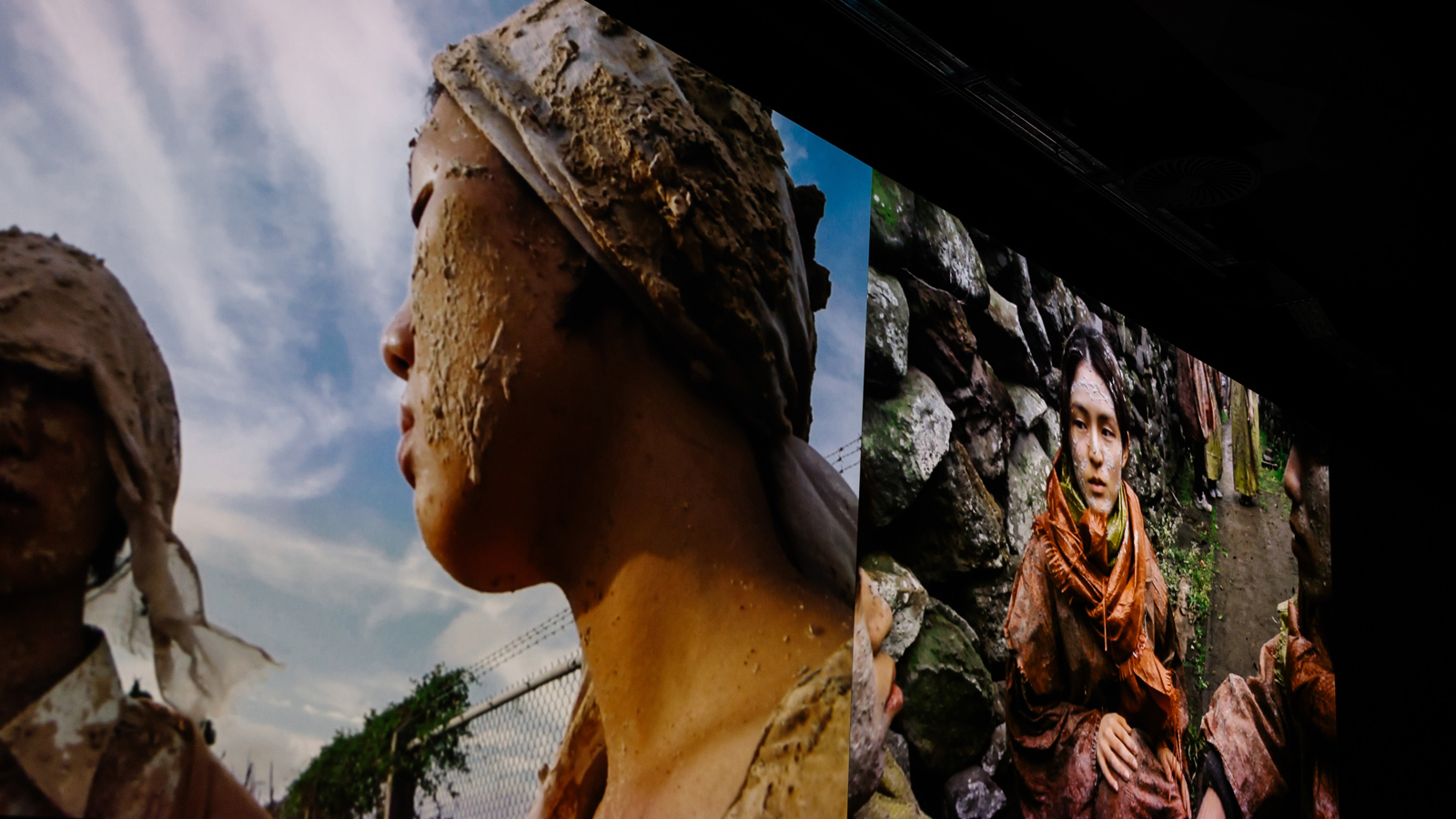
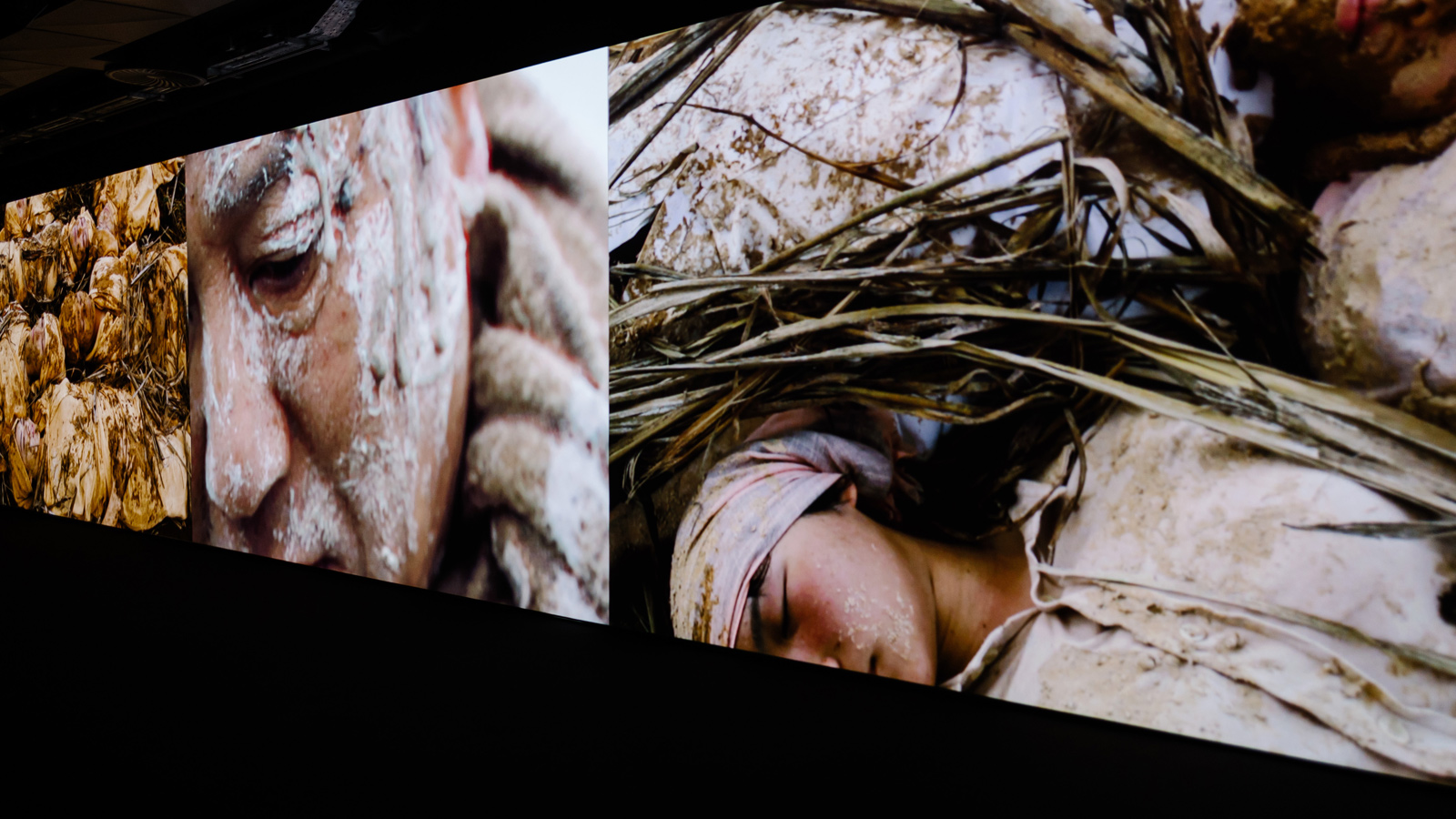
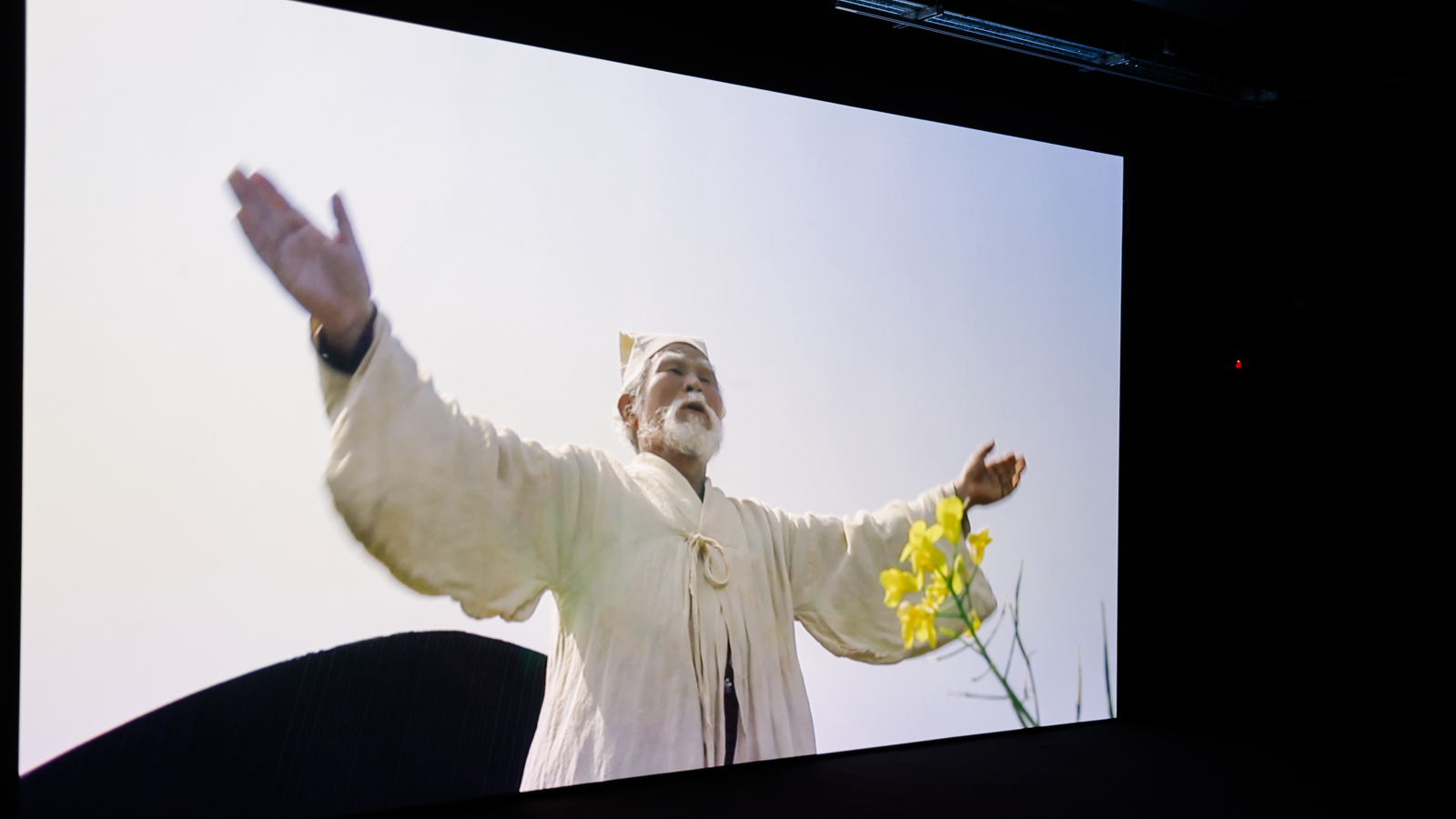
Your work is very much referring to memory and identity as Okinawan. Do you think this singular perspective relates to ecofeminism and the social issues that we are facing more generally in the world today?
Most of my work is shot in Okinawa and themed around Okinawa as seen through the eyes of Okinawan people, but the issues I tackle really are global.
With each film I make, I realize more and more that if you dig into local matters, you’ll find that they’re linked to global ones. After all, the topic of colonialism is ubiquitous. I am very aware that it’s not a localized, transitory problem.
‘Seaweed Woman’ is all about the Sea emerging and reclaiming the land. Destroying coral reefs, taking land to expand commercial areas, to build new U.S. military bases – these things are being done for the sake of survival, but I feel like, at least in Okinawa, all of it stems from the U.S. occupation.
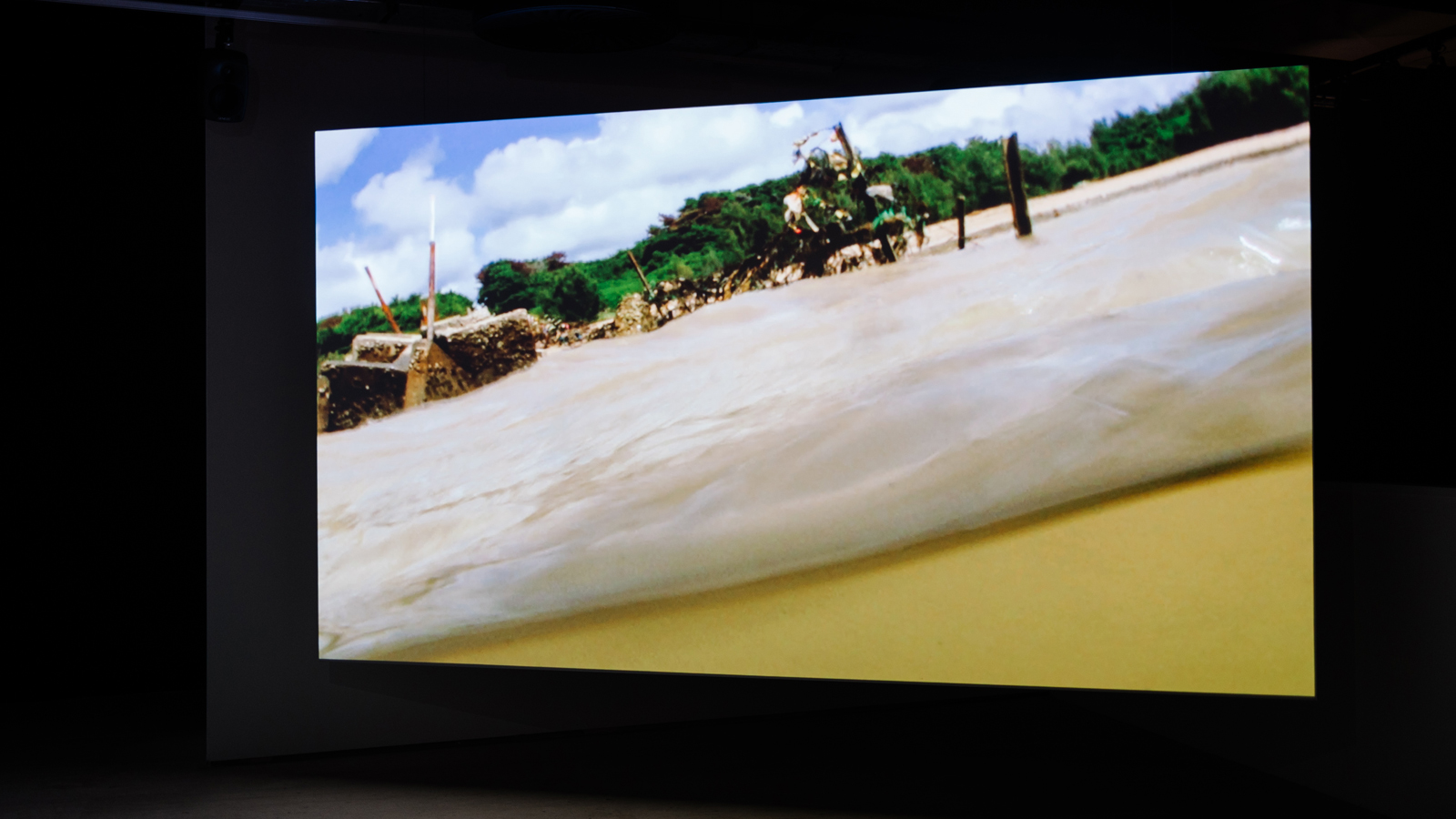
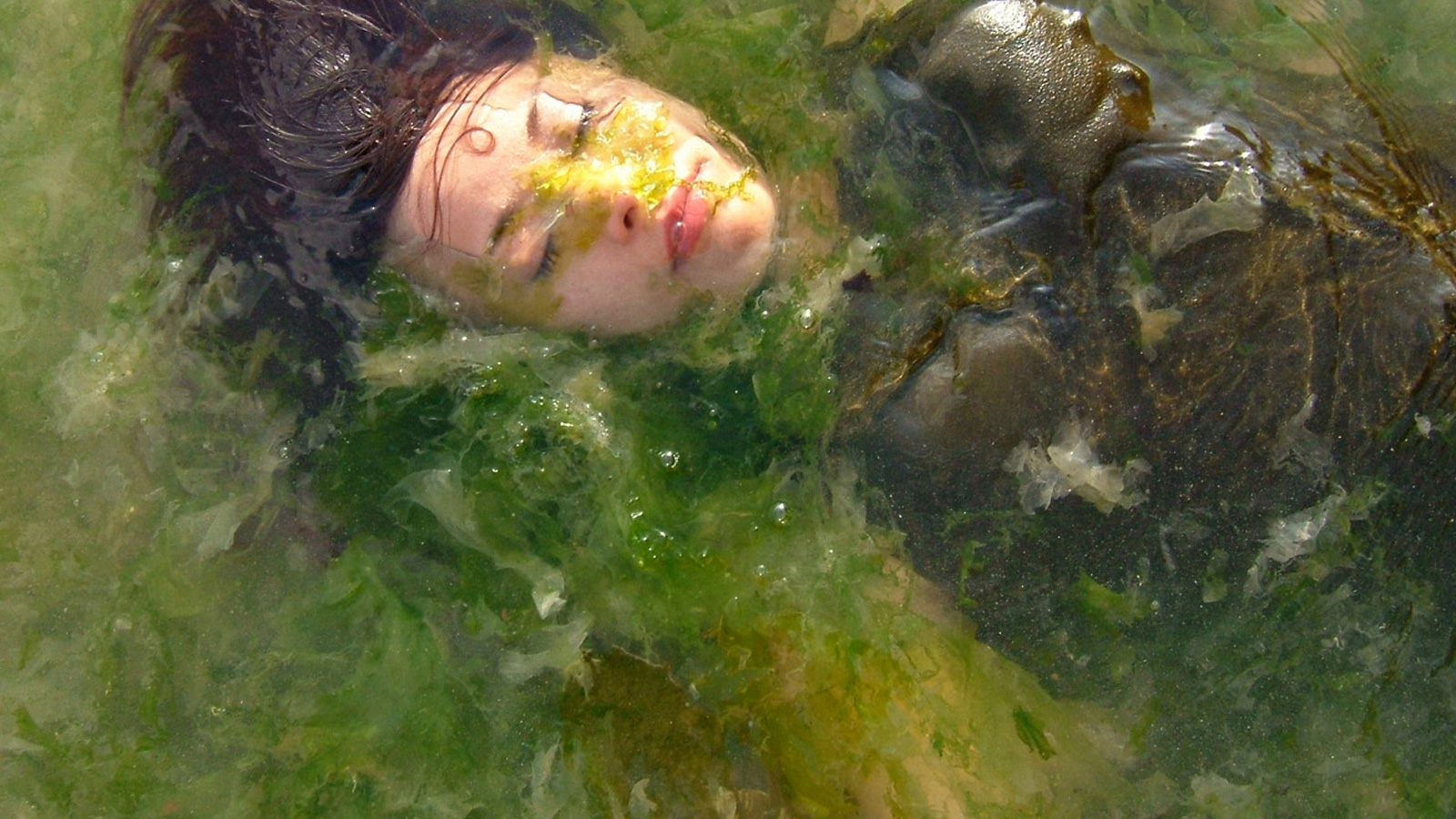
Because the U.S. is such a big issue, the U.S. bases are such a big issue, I often choose to focus on the problems that Okinawan people face due to the American presence. So, coming from that, I recently took a deep dive into Western movies and realized the American issue of occupation has been brought over to Okinawa as well.
The way that, in Western movies, the Native Americans are persecuted, driven out of their land for the sake of territorial expansion, it’s happening now in Okinawa. The spirit of the American pioneer is being internalized among the Okinawan people. And so, Okinawans have begun to carve up their own land, and I fear the same is happening all over the world.
Recently, I’ve been re-reading Hannah Arendt, learning about what happened in Europe in the 18th and 19th centuries. I really feel like history is repeating itself.
So, when it comes to the themes I’m focusing on these days, rather than portraying what’s in front of us right now, I’m trying to look more at how exactly things are being repeated, how it’s come to this.
It’s a bit like nature.
Nature… Yes, I agree.
That combination with political issues and that relationship with nature is really about the continuum.
The desire to subjugate nature in the name of economic growth is a powerful one.
The strange thing that’s been happening in Okinawa lately is that people who love their homeland, who have chosen to remain in Okinawa, due to the lack of other jobs they can make a living off, have now started to destroy their own homeland in order to survive.
This sort of paradoxical behaviour is happening there, and probably all around the world as well, so even though I’m shooting in Okinawa, I have no doubt that people everywhere will be able to empathise, to find common ground.
When it comes to ecofeminism… I have a lot of feelings about it, I think that a lot of these issues are definitely ecofeminist in nature, but my thoughts on it are not quite organized yet, I’m unsure how to verbalize them.
All I know is that, sure enough, most of these workers who are destroying the islands are men, and most of the people involved in the resistance movement are older women. In this way, I feel that concept takes a tangible form, a visible truth.

You are mainly producing film and video installations. Can you comment on the intricacy of the performance, sound and poetry as part of your artistic narrative?
I’ve never created my work through a structured filmmaking process, never written scripts or made storyboards. For instance, at first, while doing research, I encountered a voice. I was interviewing an older man who lived through the Battle of Okinawa, and his voice, suddenly, entered my body. From there, an image was born. And then I filmed it. Tonight, there will be a screening of my film ‘Your Voice Came Out Through My Throat’ – that was the first one.
Listening to this old man’s experience of the Battle of Okinawa, of Saipan, I felt his voice enter my body and lodge itself inside my stomach, where I let it grow and fester, and then, suddenly, it sprung up an image of a bouquet of microphones, which didn’t fade for an entire year. It stuck with me the whole year, so I felt like I had no choice but to film it. I filmed it without even knowing exactly what it meant, but that became the next film, ‘Sinking Voices’.
So, it was your first video work?
My first work of fiction. I mostly did performance art before. But, because I couldn’t actually film this voice inside my stomach, I ended up using fiction and narrative to make it possible.
I got a diving license in order to do it, trained hard for a month, and when I finally was able to dive and shoot the bouquet of microphones, there, in the middle of the sea, I thought, I need bubbles coming out of the microphone! So, I blew some bubbles in a hurry. I thought, ‘I need bubbles inside’, then quickly made some and filmed it.
Afterwards, once I thought I was done with that piece, I became fascinated by the image of bubbles – bubbles that, this time, would emerge from the sea and arrive on land, and burst one by one, in the forest, ‘pop’, ‘pop’, ‘pop’, and each and every one of those bubbles had a voice inside of it, and so, in the middle of the woods, a choir is born.
Thus, what was in the beginning one person’s solitary voice, through becoming so many bubbles, has now become a choir, joining the voices of many. That became a separate film, ‘Chorus of the Melodies’. It’s just like that – one narrative, connecting all my work, being revealed little by little.
Yeah, and we see the same in ‘Seaweed Woman’, in ‘Mud Man’, and other works.
Exactly. I think of it as documenting images.
Beautiful. Can you tell us your favourite artist or filmmaker, abroad, in Japan, in Portugal?
There’s a lot of directors I like. There was a time in my life when I felt really depressed, particularly about the world of fine arts, but not only that. The thing that helped me through that was a film by the Greek director Theo Angelopoulos.
A lot of his work was shot under dictatorships, so it’s light on dialogue but heavy on metaphor. That, the incredible power that images can have, to hide meaning in plain sight, and the strength of the metaphor – that’s something that really influenced me.
Also, in his long one-shot takes, time feels very real, very valuable. Of course, they’re very theatrical and well-planned, but when shot over a long enough span of time, they capture the actors living, authentically, in that moment, so the end result is something that doesn’t feel made-up. This strongly influenced another film of mine, ‘Reframing’.
And in Portugal, I think it’s Pedro Costa?
I’ve watched a lot of Pedro Costa’s work, not all of it, but quite a lot. The contrast between light and shadow… He captures not only what’s beautiful, but the darkness as well. I think there’s a lot of beauty in that.
